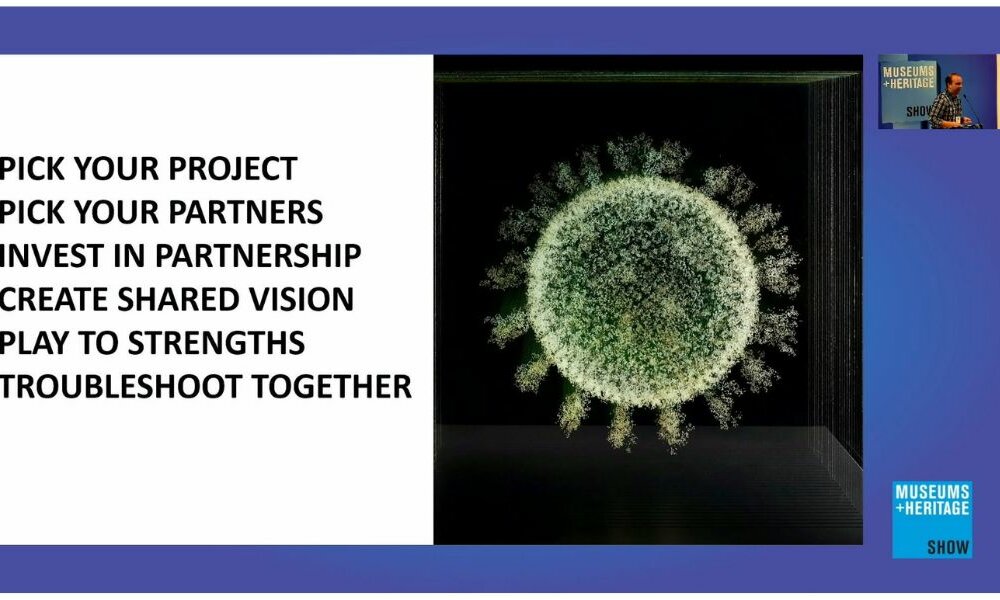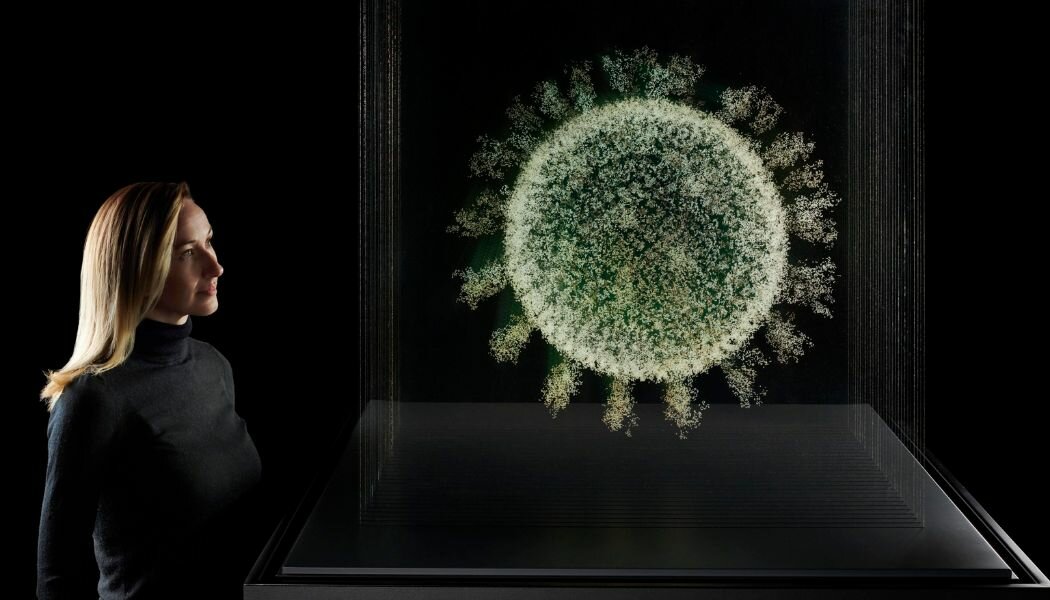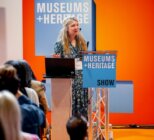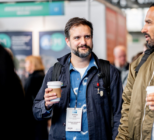Is compromise the most important part of co-curating an international exhibition? According to Sheldon Paquin, Project Delivery Manager for Partnerships at the Science Museum Group, the key is to selectively combine the unique strengths of each institution to create a stronger project.
He shared his insights during a talk at the Museums + Heritage Show 2023, which took place earlier this year.
The six-step plan for the sector was shared by documenting the journey of the co-curated exhibition ‘Injecting Hope’.
The journey of the co-curated exhibition began in 2020 and culminated in its launch across India, China, and the UK. It brought together three diverse countries to document the global efforts in developing a vaccine during the pandemic.
The Science Museum Group partnered with the National Council of Science Museums in India, the largest group of science museums globally, and the Guangdong Science Center (GDSC), the largest science museum in the world.
“Institutions all have their own institutional knowledge, and it’s really good to capitalise on that and play to the strengths of what each institution has to offer,” Paquin said during the session.
Paquin highlighted the value of capitalising on the institutional knowledge and strengths of each partner. The Science Museum Group’s collections proved to be a valuable addition, he said, particularly as China and India have different material cultures. And the collaboration led to a wealth of new ideas and approaches.
These included the introduction of a ‘science bus’ in India to reach less-connected areas with a bus-sized version of the exhibition.
In China, the GDSC’s many tour guides played a crucial role in justifying an abstract art piece for ‘Injecting Hope’, ensuring it was appropriately interpreted as they accompanied visiting groups.
The additions to the exhibition in its many forms could only have been conceived by the local museums involved, playing to each culture’s sensitivities and strengths.
An advisory panel, which Paquin colloquially termed a “verified ‘United Nations’, consisted of experts from seven different countries, and played an integral role in shaping the exhibition’s content.
“We wanted to make sure that we had something set across all three countries, but at the same time that we had the flexibility to adapt to each culture’s sensitivities and strengths as an institution.”
A hierarchy of shared content across the three countries was created, primarily focusing on the core narrative structure.
“This exhibition is going to be a linear exhibition, it’s going to have six sections, and these are the kinds of stories that are going to be in each section,” he explained of its practical contents.
Beyond the narrative structure, each country developed their own stories independently, some which overlapped. The three countries also collectively created a concept design but took the resulting concept in different directions.
“Since everyone’s coming with their own institutional knowledge, you all have capacity to know the things that you’re working on together and the things that you’re working on separately; you have other people to consult.

“For us in the UK it meant that we got to turn to the team in India to support us with our digital output,” Paquin explained, “they have such a huge capacity for creating digital that we just don’t.”
Prioritising the project and securing partners before seeking funding was a key strategy.Paquin advised a solution to the ‘chicken-and-egg’ process of securing funding and partners.
The museum put together a grant proposal only after securing its two fellow partners in principle. “We were able to put together proper numbers by knowing who we were working with”, he said.
He advised: “This is the order that we go in; first your project, then your partners, and then the funding,” … “then it all comes together”.
Paquin said physically meeting around a table also demonstrated a commitment to the fellow institutions and helped with communication.
“It took us many years and lots of trial and error to get to where we are. We went through a lot of very bad news to get to where we are… “I really want to emphasise that [the successes] did not appear without a lot of growing pains, and hopefully this can help you avoid some of those growing pains and embrace establishing these kinds of partnerships for your own institutions.”
Watch the full session
This session in full, and more than 50 other sessions from this year’s Museums + Heritage Show are now available for purchase on the Museums + Heritage Show website. Visitors to this year’s show have been provided with a code for free access.
Main image: A visitor with ‘2020 the Sphere that Changed the World’ by Angela Palmer in Injecting Hope (Science Museum Group)










